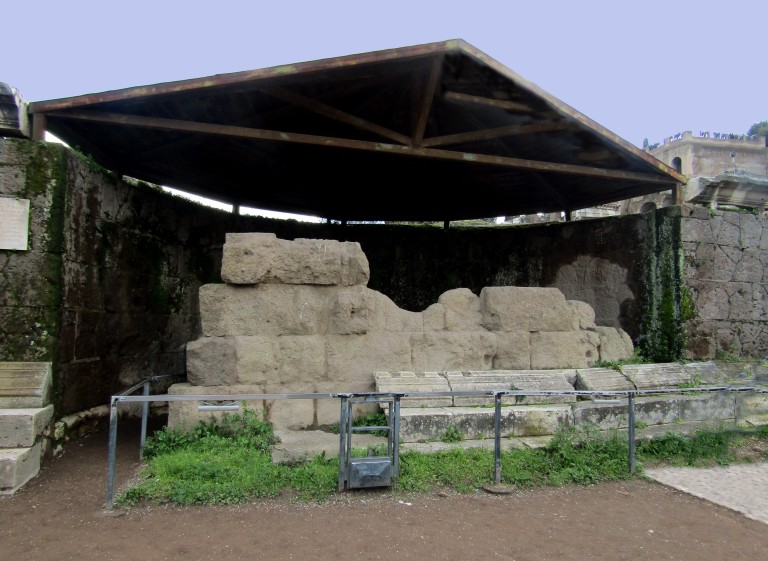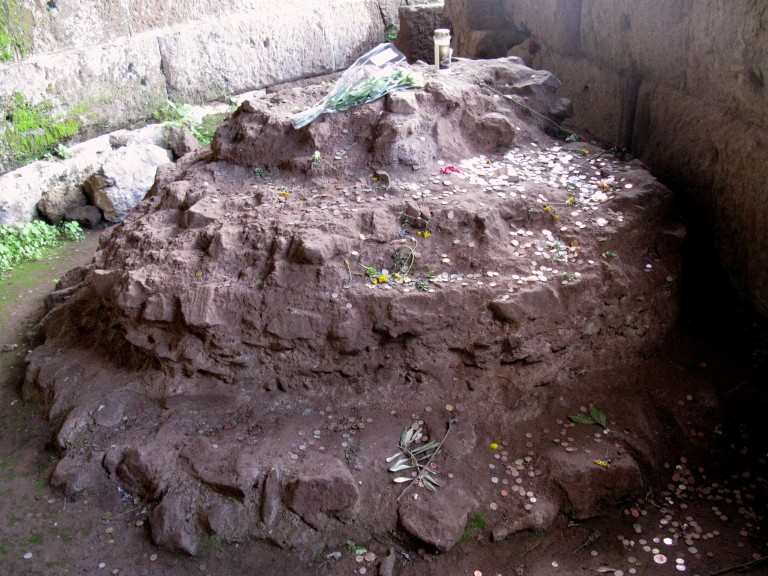We are all acquainted with the dour-faced marble busts of Julius Caesar, but now researchers at the National Museum of Antiquities, Leiden in the Netherlands have used the latest facial reconstruction technology to create a lifelike image of the most famous Roman Emperor in the world.
Julius Caesar gives his name to the Caesarean procedure used during more complex deliveries to ensure a baby is born quickly without injury or distress. As a result of the procedure, the great ruler was born with an enlarged cranium.
Although he is not known to have fathered any surviving children, his looks did not detract female admirers and he was married three times and was famously the lover of the Egyptian ruler Cleopatra VII, with whom he fathered a son, Ptolemy Philopator Philometor Caesar (Caesarion).
Caesarion died in childhood after being executed by Octavian (Augustus), leaving Augustus – Caesar’s great nephew – to become the great emperor’s successor.
Using existing busts of Julius Caesar and 3D technology, archaeologist and anthropologist Maja d’Hollosy has created a lifelike image of what Caesar would have looked like in the flesh, including his large cranium and almost pinched features, perhaps as a result of his skull deformity. Images of his great nephew and successor Augustus, show a marked family resemblance, however.
The 3D reconstruction of Julius Caesar’s face was unveiled at the National Museum of Antiquities, Leiden on Friday (22/06/18) to promote a new book on Caesar by archaeologist Tom Buijtendorp.
You can see the image and the marble bust used to construct it at the museum’s website. For English commentary, there is a news report at RT.com.
After Caesar’s murder in 44BC, Augustus built a temple in his memory in the Forum. All that is left of it is a humble mound where the altar was, where people leave offerings. I visited the Forum again in March this year – the month of Caesar’s death – and as Caesar is my ancestor, I left an offering, too.
All hail Caesar!



Fascinating post! But why should having been born by Caesarean give him an enlarged cranium I wonder?
LikeLike
I think it is a chicken-egg situation – see https://www.independent.co.uk/news/science/success-caesarean-sections-altering-course-human-evolution-babies-bigger-heads-a7458066.html.
Caesar looks as though the back of his head was enlarged – maybe he had fluid on the brain or it was genetic (https://en.wikipedia.org/wiki/Macrocephaly). There is a genetic condition associated with older fathers in which their babies have larger heads and sometimes their limbs are out of proportion and they can also be shorter than average – but people can generally have larger heads. It is something I write about in my novels in relation to one character, so it is interesting that Julius Caesar had a similar issue. On the other hand, the 3D construction might not be entirely accurate, but it is interesting to see his face other than in marble. He looks astute.
LikeLike